In recent years, the phrase “Stand Your Ground” has become a lightning rod in discussions of self-defense, gun rights, and public safety. While the law is commonly associated with Florida due to high-profile cases, each state in the U.S. has its own version—or rejection—of such statutes. In California, there’s a unique interpretation that many residents misunderstand.
This blog post unpacks California’s Stand Your Ground law—what it is, how it works, and how it impacts citizens across the Golden State, from Los Angeles to Sacramento.
What Is a Stand Your Ground Law?
A “Stand Your Ground” law permits individuals to use force, including deadly force, in self-defense without an obligation to retreat first, even if a safe retreat is possible. The core principle: If someone reasonably believes they are in imminent danger of being killed or seriously injured, they can protect themselves without trying to escape.
As of 2025, over 30 states have adopted versions of Stand Your Ground laws. But how does California approach this?
California’s Self-Defense Framework
California’s self-defense laws are based on common law principles and codified statutes, especially under:
- California Penal Code § 198.5 (also known as the “Castle Doctrine”)
- California Jury Instructions (CALCRIM No. 505) – Justifiable Homicide: Self-Defense or Defense of Another
These laws state that a person may use force to defend themselves or others if:
- They reasonably believe they or someone else is in imminent danger of suffering bodily injury or being killed
- The use of force is necessary to prevent that danger
- The force used is proportional to the threat
Is California a Stand Your Ground State?
Yes, California is a Stand Your Ground state—but with nuances.
California does not impose a legal duty to retreat before using force in self-defense, even in public spaces. This principle was affirmed in the 2006 case People v. Hughes, where the court stated:
“A person who is threatened with an attack that justifies self-defense need not retreat. He or she may stand their ground and defend themselves even if safety could have been achieved by retreating.”
However, the law doesn’t offer blanket immunity from prosecution. Every self-defense case in California is scrutinized for reasonableness of the belief and proportionality of the response.
How the Law Works in Practice
Let’s look at how California’s law is applied using real-life hypotheticals:
Example 1 – Los Angeles
A man walking in downtown LA is approached by an aggressive individual threatening to stab him. The man, fearing for his life, pulls out a licensed firearm and shoots. He doesn’t try to run away, although he potentially could.
Under California law, he has the right to defend himself without retreating if:
- His belief of imminent harm was reasonable
- He used appropriate force
Example 2 – Fresno
In a Fresno home invasion, the homeowner shoots an intruder. Under Penal Code § 198.5, homeowners are presumed to be in fear of harm when someone breaks into their home.
Result: The shooting is more likely to be ruled justifiable without deep scrutiny.
Important Court Cases in California
Several landmark cases have shaped how Stand Your Ground is interpreted:
- People v. Newcomer (1897) – Affirmed the right to use force without retreat if one is lawfully present and not the aggressor.
- People v. Hecker (1895) – Clarified that the duty to retreat does not apply in California.
- People v. Hardin (2000) – Emphasized that reasonableness of belief in danger is key, even when using deadly force.
These precedents underpin the idea that California aligns with Stand Your Ground principles even if it hasn’t passed a specific statute using the name.
Comparison With Other States
| State | Duty to Retreat | Stand Your Ground Law? | Castle Doctrine? |
|---|---|---|---|
| California | No | Yes (case law) | Yes |
| Florida | No | Yes (explicit statute) | Yes |
| New York | Yes (in public) | No | Yes |
| Texas | No | Yes | Yes |
| Illinois | Yes | No | Yes |
Unlike Florida or Texas, California does not offer pretrial immunity hearings under its Stand Your Ground doctrine. Defendants in California still go through standard criminal procedures before self-defense is determined.
Impact on Public Safety and Crime Statistics
Violent Crime Trends
According to the California Department of Justice, in 2023:
- Violent crime increased by 5.7% statewide
- Homicides remained relatively stable, but gun-related incidents rose by 9.2%
Despite being a Stand Your Ground state, California has not experienced the same levels of increased justifiable homicides as Florida, which saw a 200% rise in such cases after enacting its law in 2005.
Self-Defense Claims
A 2022 UC Berkeley study found:
- Only 2.1% of homicide cases in California successfully invoked self-defense using the Stand Your Ground principle
- In contrast, Florida’s rate is 7.7%
This suggests California’s legal interpretation may be more conservative in applying the doctrine.
Stand Your Ground and Racial Disparities
Nationally, Stand Your Ground laws have been criticized for racial bias. A 2021 study from the Urban Institute found:
- White shooters were 281% more likely to be justified in shooting a Black victim than the reverse.
- In California, disparities are less pronounced but still present.
Example: Oakland
In 2020, an African American man defended himself from a perceived threat and was arrested. His case took 18 months to resolve, whereas similar cases in Orange County involving white defendants were resolved more swiftly.
While California does offer Stand Your Ground protections, social factors may influence how these protections are applied, especially regarding arrest, bail, and prosecution decisions.
Regional Examples: Los Angeles, San Diego, San Francisco
Los Angeles
- In 2023, LAPD reported 1,450 self-defense incidents.
- Only 93 were declared “justifiable” by prosecutors.
- DA George Gascón has pushed for community oversight in use-of-force evaluations.
San Diego
- San Diego County sees fewer claims—about 400 per year.
- District Attorney Summer Stephan’s office has a specialized self-defense unit.
- Recent high-profile cases have focused on domestic violence situations where Stand Your Ground was argued.
San Francisco
- Stand Your Ground claims are rare due to strict gun control and dense urban planning.
- Public defenders in SF have pushed for broader interpretations of self-defense in cases involving LGBTQ+ victims and marginalized communities.
Legal Advice for Californians
If you live in California and want to understand your rights regarding self-defense:
- Understand Reasonableness: Your belief in danger must be objectively reasonable, not just subjective.
- Don’t Be the Aggressor: Initiating the confrontation removes your legal protection.
- Use Proportional Force: Using a firearm against a non-deadly threat (e.g., verbal abuse) can lead to charges.
- Know Your Local DA’s Record: Policies can vary between counties (e.g., Los Angeles vs. Riverside).
- Retain Legal Counsel Immediately: Especially in a deadly force case.
Many legal experts advise residents to take self-defense law seminars or CCW (Concealed Carry Weapon) training classes that include legal education.
Opposition and Support: What Advocacy Groups Say
Supporters:
- California Rifle & Pistol Association (CRPA) – Advocates for expanding explicit Stand Your Ground statutes.
- Gun Owners of California – Claims it’s a constitutional right to defend oneself without retreating.
Critics:
- Brady United Against Gun Violence – Opposes expansion, citing increased homicide rates in other Stand Your Ground states.
- ACLU of California – Concerned with racial bias and the misuse of force against marginalized groups.
Public opinion polls conducted in 2024 by the Public Policy Institute of California (PPIC) show:
- 52% support the current Stand Your Ground interpretation
- 31% want stricter retreat requirements
- 17% are unsure or indifferent
Conclusion
California’s Stand Your Ground law is a complex blend of case law, statutory language, and courtroom interpretation. While not as explicit as Florida’s version, it still empowers citizens to defend themselves without retreat—under reasonable and clearly defined conditions.
Whether you live in bustling Los Angeles, suburban San Diego, or progressive San Francisco, understanding your rights and responsibilities under the law is essential. With the rise in gun ownership and national debates on public safety, knowing how California’s self-defense laws function can be the difference between protection and prosecution.

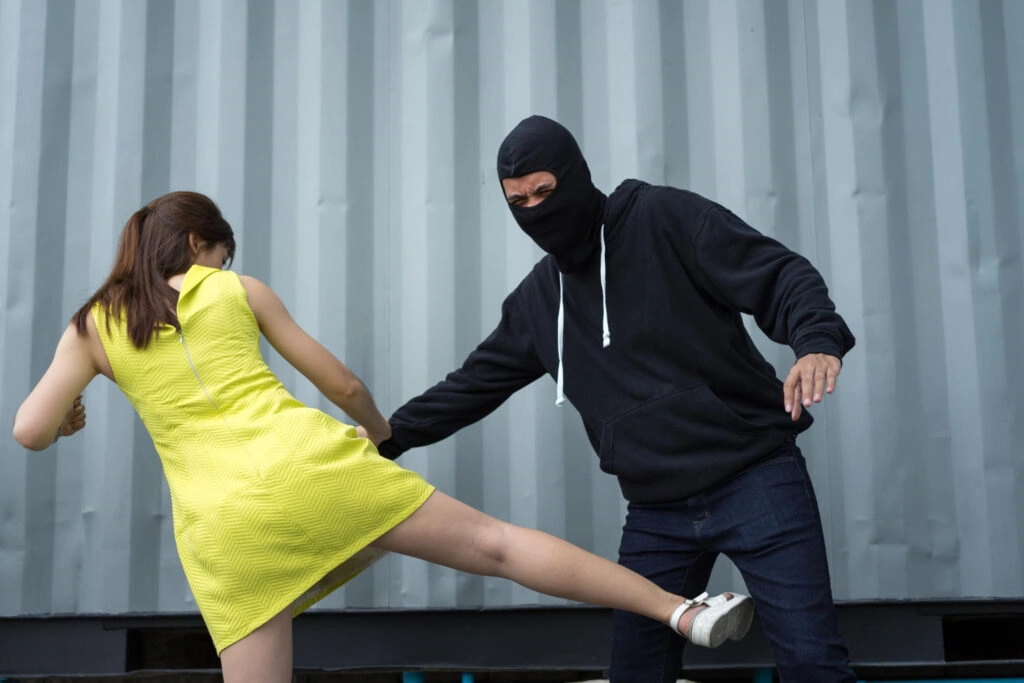
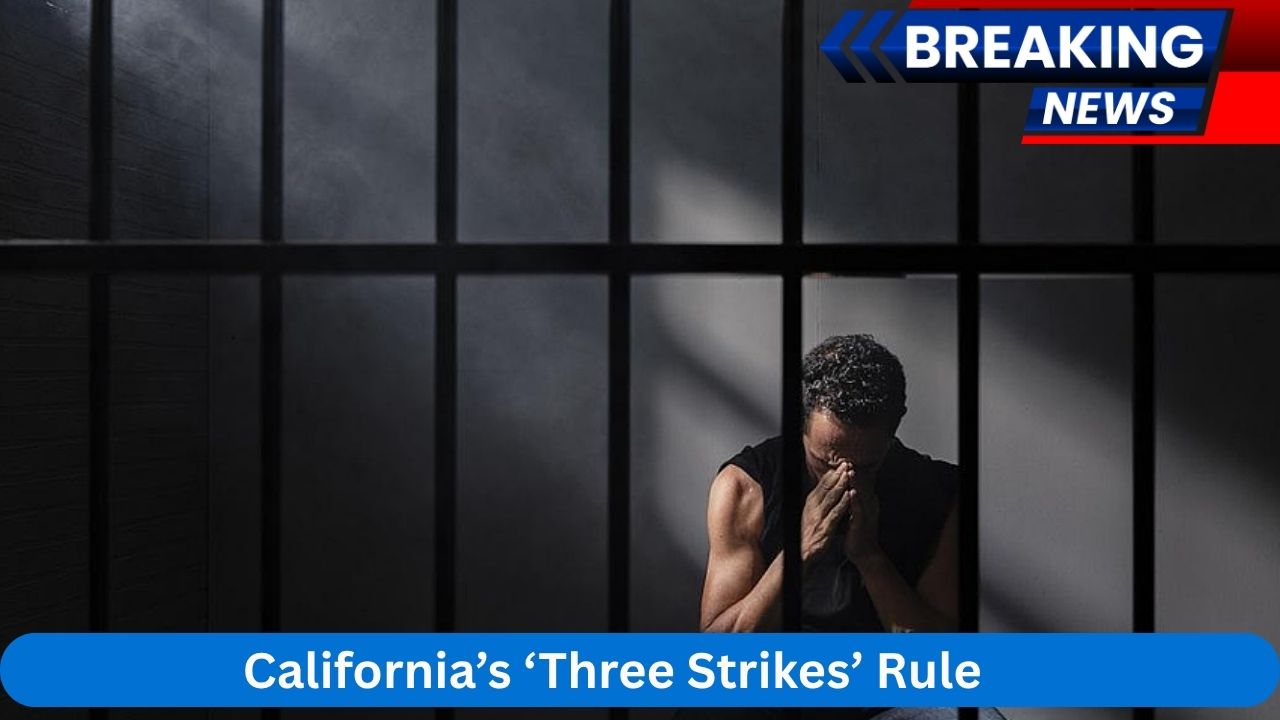
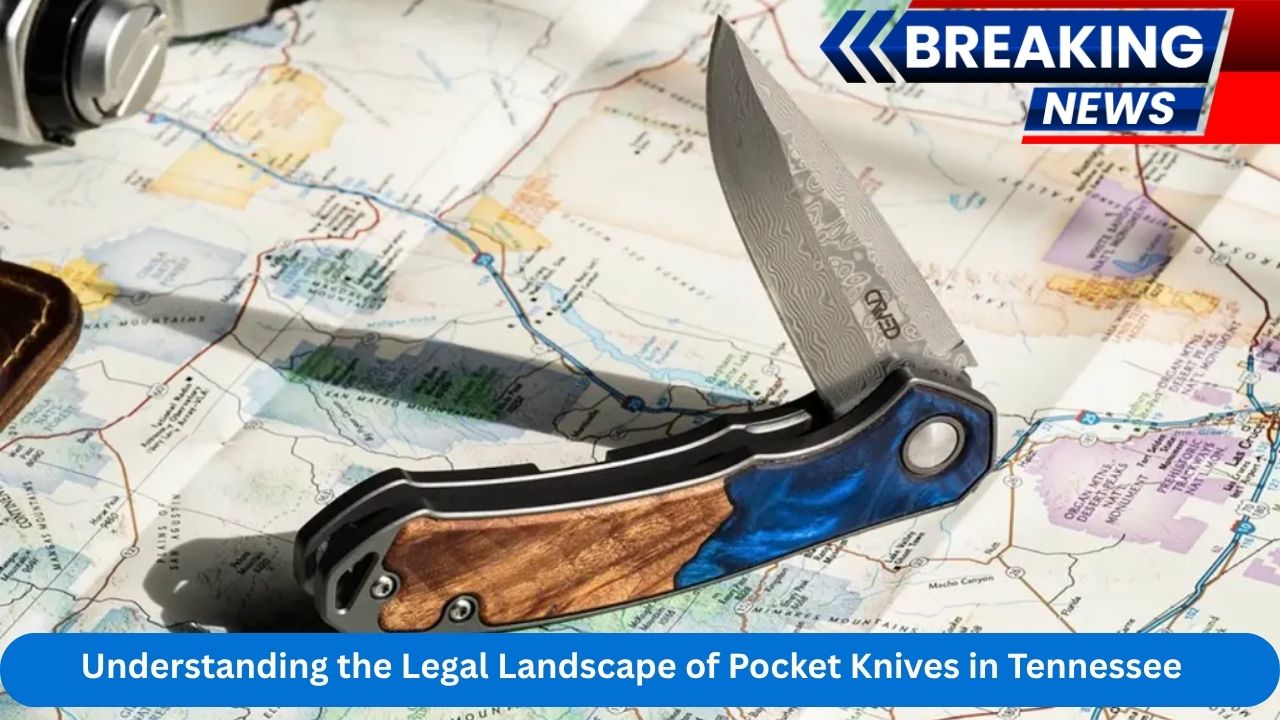

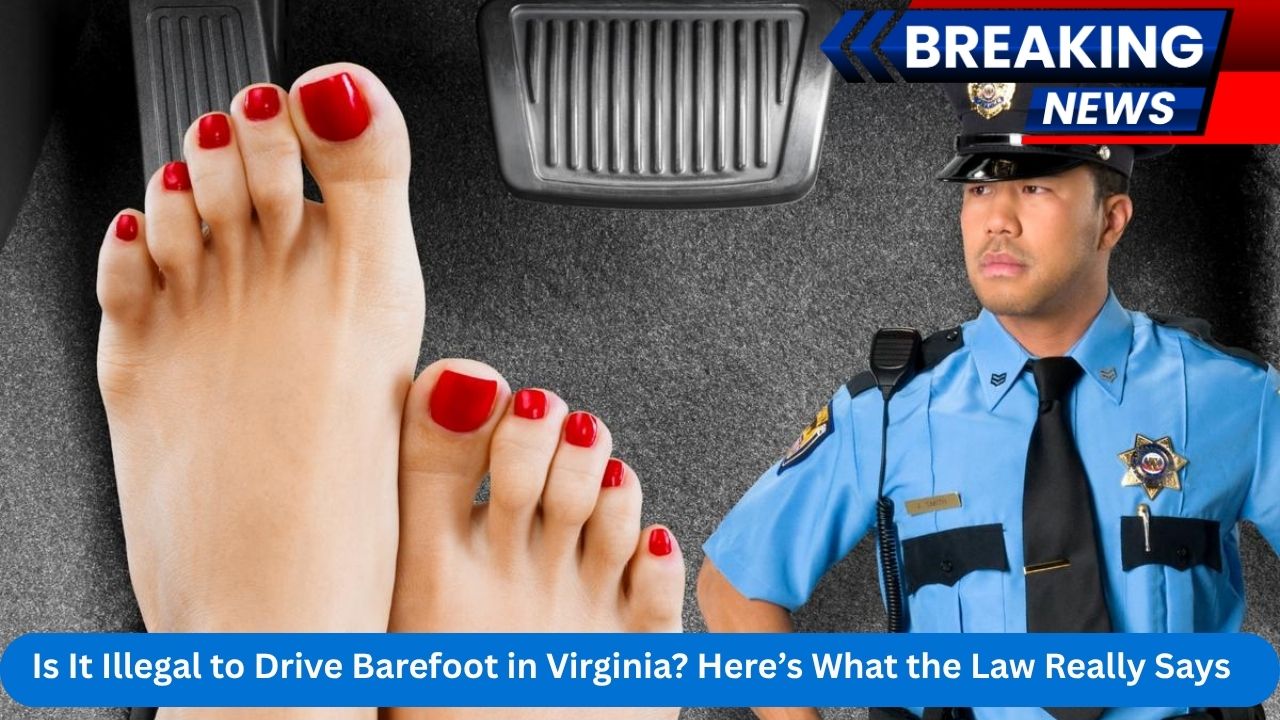
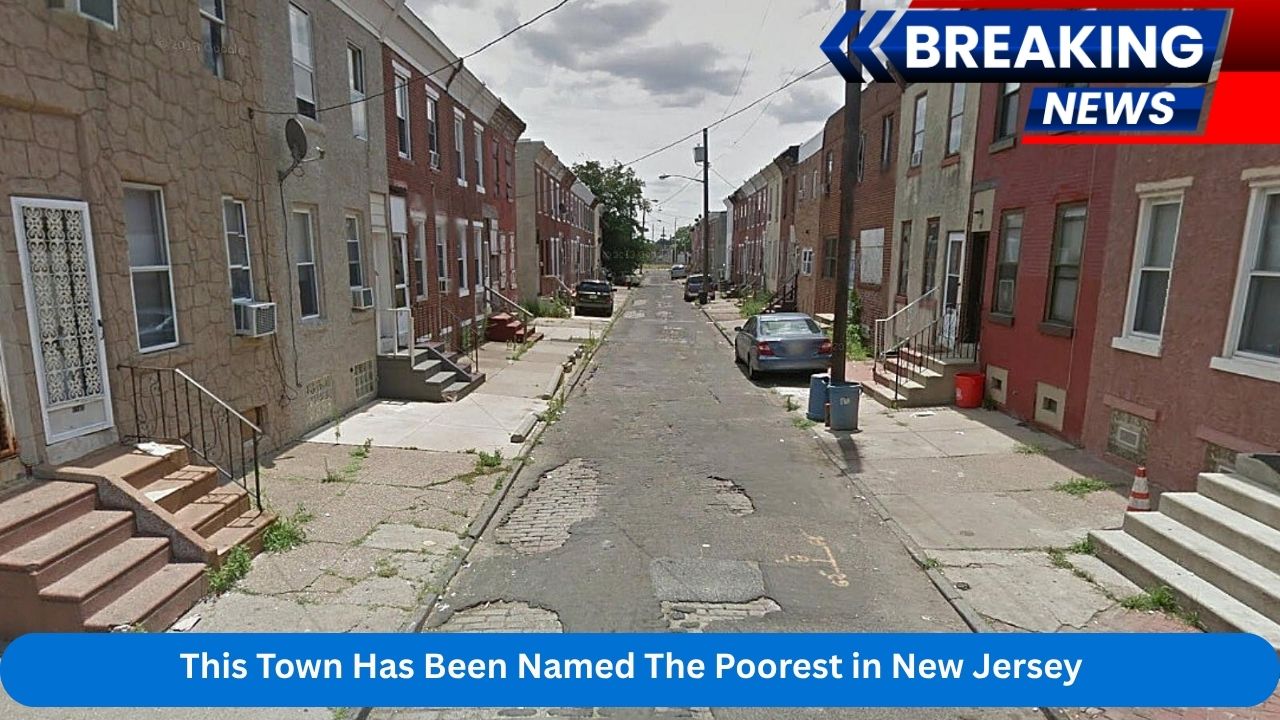




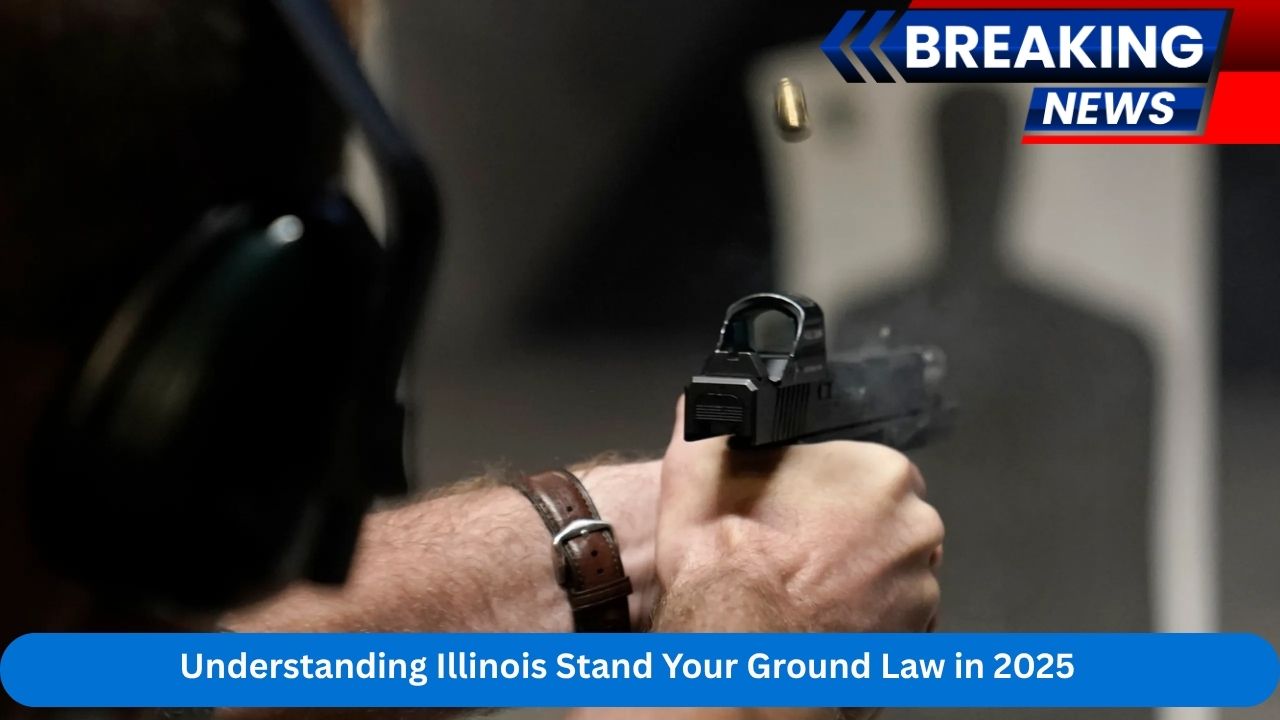
Leave a Reply